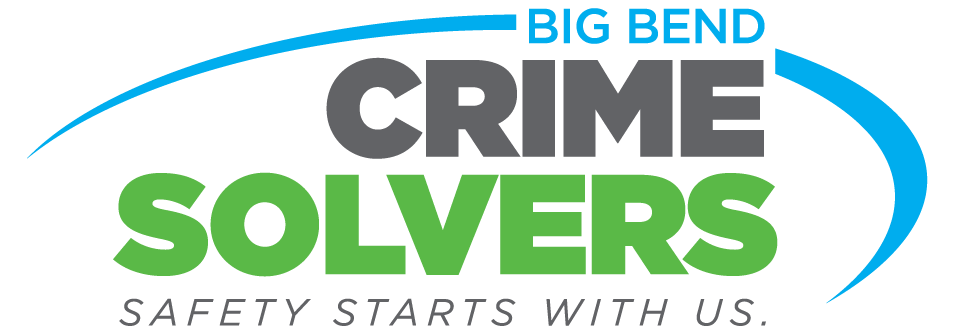Step 1: Submit a Tip
Do you have information about criminal activity or a wanted fugitive? You can contact Crime Solvers to provide information to the authorities. You may be eligible for a cash reward of $500 to $5,000 if your tip leads to a felony arrest. All interactions with Crime Solvers are anonymous at all times.
Step 2: Remain Anonymous
Whether you call, use the app, or go online, all Crime Solvers transactions are completely anonymous, from the initial tip to the payment of the reward – NO caller ID, NO recorded conversations, and NO electronic tracking, guaranteed.
After you submit a tip, you will be given an initial TIP CODE. Crime Solvers will pass the tip along to a local law enforcement coordinator.
*You must have your TIP CODE to check your tip status and to receive your reward.
Step 3: Check The Status of Your TIp
Step 4: Pickup Your Reward
Once you receive both the TIP CODE and PICKUP CODE, you can proceed to a designated location, present both codes, and then receive the amount approved for your CASH reward – NO ID required and NOforms to sign.
Crime Solvers Works!
Since the start of Crime Solvers, many calls have been received resulting in thousands of arrests and recovery of substantial amounts of property. Calls have included information about murder, robbery, rape, assaults, drug and firearm offenses.
The success of a Crime Solvers program cannot be purely judged on statistics, however, other benefits have come to notice:
- A greater awareness in the community that there is a crime problem.
- A willingness by the community to fight back against crime if it is given the opportunity and motivation.
- Improved relationships between police, media, and the community.
